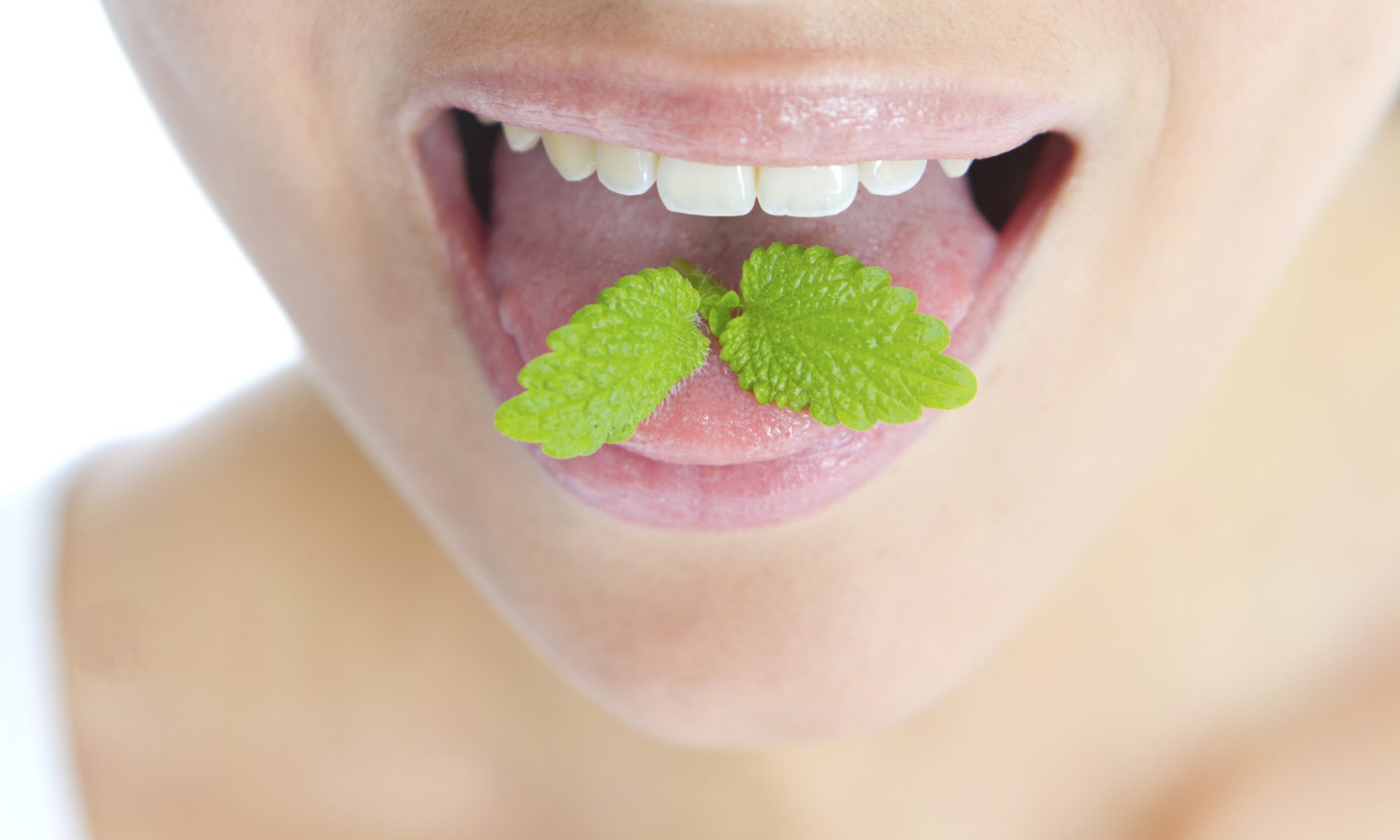Dental instruments play a crucial role in maintaining oral health, particularly during routine cleanings. These specialized tools allow dental professionals to effectively clean teeth, remove plaque and tartar, and ensure the overall health of the gums. Here’s a look at some of the primary instruments used during routine dental cleanings:
Continue reading “An Introduction to Dental Instruments | Huntington Beach Dentist”The Anatomy of Human Teeth | Huntington Beach Dentist
The anatomy of the human tooth and gums is a fascinating and intricate subject, revealing the complexity behind what we often take for granted in our daily lives. Teeth and gums are essential for chewing, speaking, and overall oral health, each playing a crucial role in the function and maintenance of the mouth.
Continue reading “The Anatomy of Human Teeth | Huntington Beach Dentist”Oral Herpes: Symptoms, Treatment, and Prevention | Huntington Beach Dentist
Oral herpes, commonly known as cold sores or fever blisters, is a prevalent viral infection caused by the herpes simplex virus (HSV). While it may not be a comfortable topic to discuss, understanding oral herpes is crucial for promoting awareness, reducing stigma, and preventing its spread.
Continue reading “Oral Herpes: Symptoms, Treatment, and Prevention | Huntington Beach Dentist”Commercial vs. Private Dental Practices | Huntington Beach Dentist
Commercial dental practices, often part of larger corporate chains, are characterized by their accessibility and widespread availability. These practices are typically found in bustling commercial areas, making them convenient for individuals seeking dental care in the midst of their busy lives. With extended hours and walk-in appointments, commercial practices prioritize accessibility, aiming to accommodate a broad spectrum of patients.
Continue reading “Commercial vs. Private Dental Practices | Huntington Beach Dentist”Navigating the Path to Excellence: Board-Certification | Huntington Beach Dentist
Embarking on the journey to become a board-certified dentist is a commendable pursuit that requires dedication, education, and a passion for oral health. This transformative path not only elevates your professional status but also ensures a commitment to the highest standards of patient care. In this blog post, we’ll explore the essential steps and key considerations for those aspiring to achieve board certification in dentistry.
Continue reading “Navigating the Path to Excellence: Board-Certification | Huntington Beach Dentist”The Battle Against Bad Breath | Huntington Beach Dentist
Bad breath, also known as halitosis, is a common and often embarrassing condition that can affect anyone at any age. While it’s a prevalent issue, its impact on social interactions and self-esteem cannot be overstated. In this blog post, we will delve into the causes of bad breath, effective prevention strategies, and lifestyle changes to keep your breath fresh and your confidence soaring.
Continue reading “The Battle Against Bad Breath | Huntington Beach Dentist”Understanding and Managing Tooth Sensitivity | Huntington Beach Dentist
Tooth sensitivity is a common dental concern that affects millions of people worldwide. Whether it’s a sudden jolt of pain while enjoying an ice cream cone or a twinge when sipping hot coffee, sensitive teeth can be a real discomfort. In this blog post, we’ll delve into the causes of tooth sensitivity and explore effective strategies for managing and preventing this common dental issue.
Continue reading “Understanding and Managing Tooth Sensitivity | Huntington Beach Dentist”A Brief History of Dentistry | Huntington Beach Dentist
Dentistry, an indispensable aspect of healthcare, has a rich and fascinating history that spans centuries. The evolution of dental practices reflects not only advancements in medical knowledge but also cultural shifts and technological progress. Join us on a journey through time as we explore the milestones and transformations that have shaped the field of dentistry over the past 350 years.
Continue reading “A Brief History of Dentistry | Huntington Beach Dentist”Understanding Dental Insurance | Huntington Beach Dentist
Maintaining optimal oral health is crucial for overall well-being, and dental insurance plays a pivotal role in ensuring access to quality dental care. In this comprehensive guide, we will explore the intricacies of dental insurance, empowering you with knowledge to make informed decisions about your oral health coverage.
Continue reading “Understanding Dental Insurance | Huntington Beach Dentist”The Different Ways a Tooth May Crack | Huntington Beach Dentist
A smile is often considered one of the most powerful expressions, but what happens when that smile is marred by the unexpected – a cracked tooth? The human dentition, while resilient, is not impervious to damage. In this article, we delve into the various factors that contribute to the cracking of teeth, shedding light on the silent culprit behind this common dental concern.
Continue reading “The Different Ways a Tooth May Crack | Huntington Beach Dentist”






